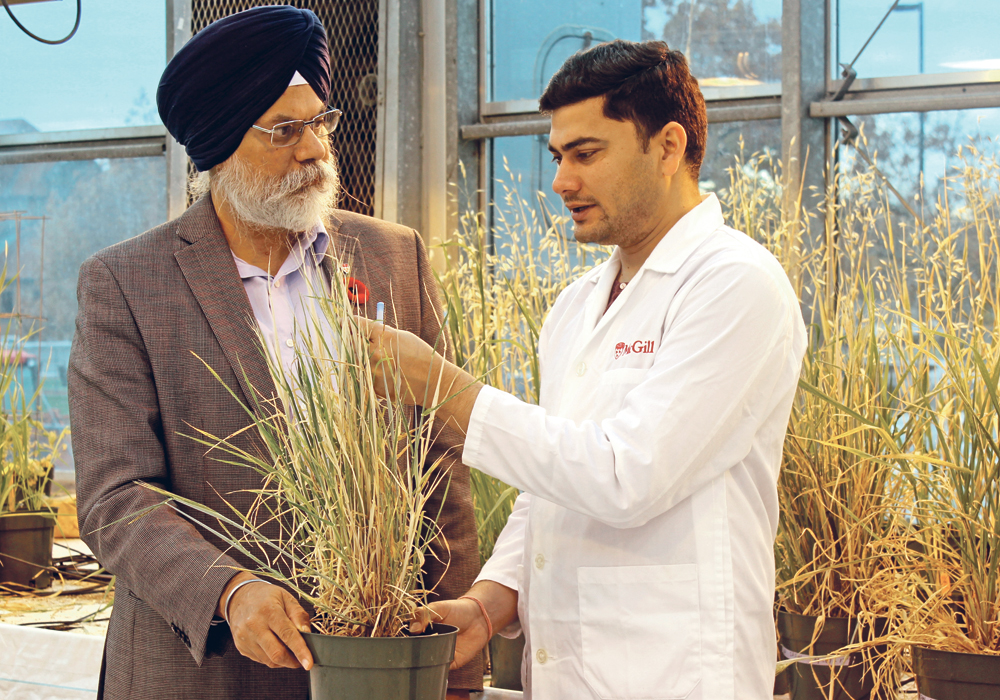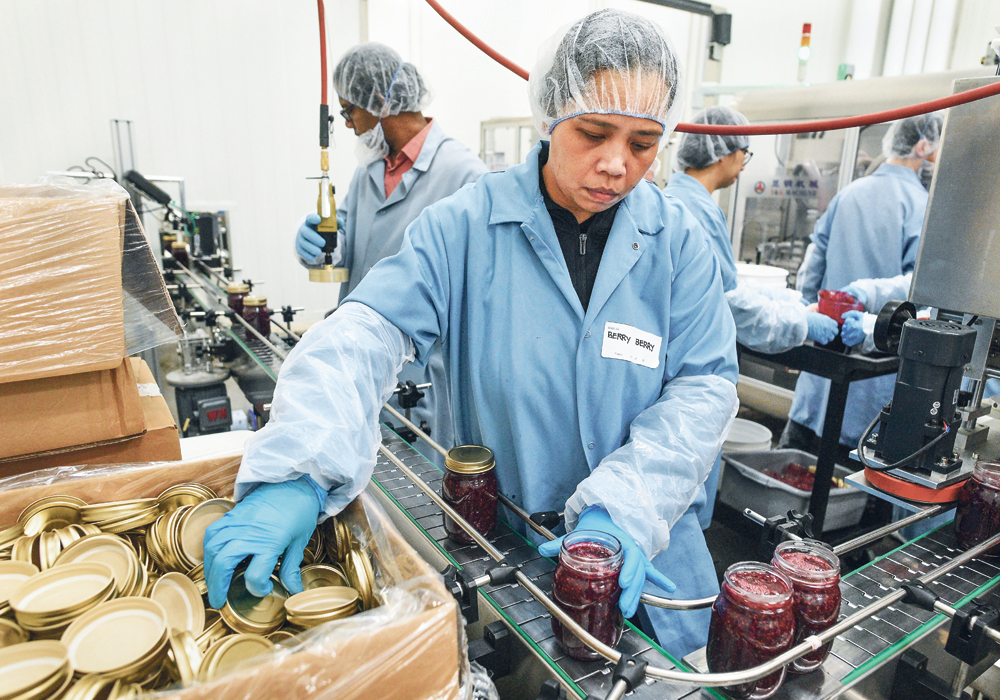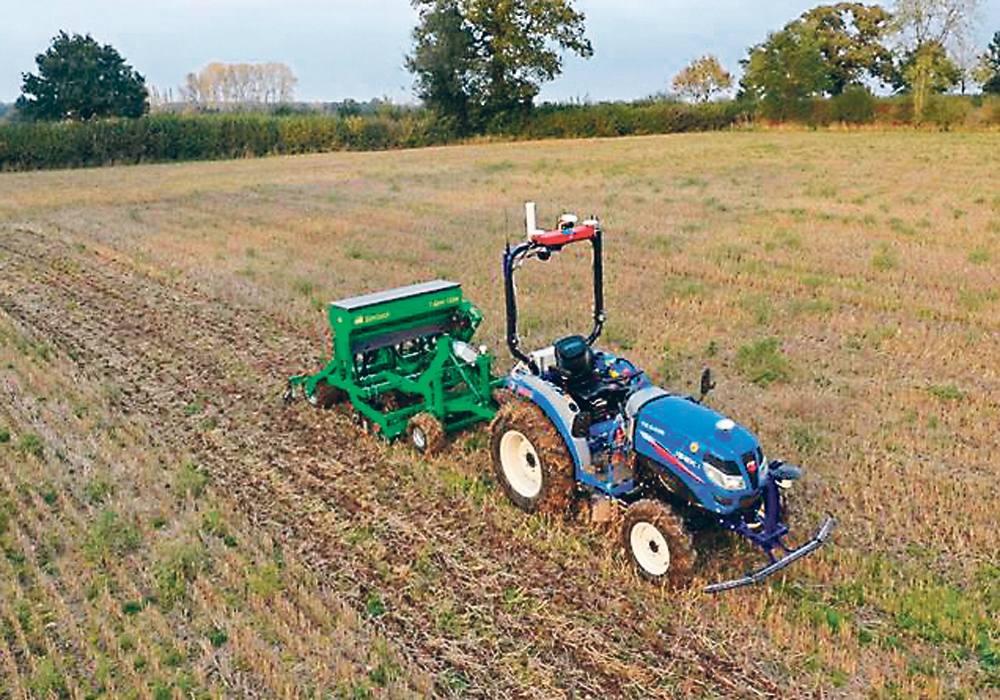Jaswinder Singh can hardly contain his excitement when talking about TLP8, a useful protein he discovered in barley.
“It could revolutionize the brewing industry,” said the associate professor at McGill University’s plant science department.
Maltsters despise beta-glucan, a key sugar found in barley. If it is not properly degraded during the malting and germination process it can lead to highly viscous wort, which creates headaches.
“There will be a problem during filtration. The wort will be difficult to filter,” said Singh.
That is why malt barley breeders always select varieties with low levels of beta-glucan.
Read Also

VIDEO: Ag in Motion documentary launches second season
The second season of the the Western Producer’s documentary series about Ag in Motion launched Oct. 8.
Other stories in The 2017 Innovation Issue:
- New genetic tools offer way to restore cattle vigour
- Technology can help breed better cattle
- Biotech companies prospecting for microscopic gold mines
- Bee buzzes critical to calculating crop pollination
- Fungus could aid plant growth, reclaim oil sites
- Cracking the megapest genetic code
- Genetic mapping vs. genome sequencing
- French robot prowls the chicken coop so you don’t have to
- New laser technology proves successful for B.C. orchard
- High-tech deterrent devices protect crops from … intruding elephants?
- Diamondback moths focus of Cornell study
- VIDEO: Print your own parts?
- Bees may be serving up humanity’s next big food … and it isn’t honey
- Big doubts about big data
- The little plane that did
- Soil mapping soon to be more usable
- Managing fields could soon move to plant level
- GM pollen: it gets around
- Autonomous vehicles not on the radar for most farmers
- Farm wi-fi connectivity opens new world of possibilities
- Nanotechnology to alter animal health, food systems
- As big data comes to the farm, are policy makers keeping up?
- Farmers not rushing to grab digital tools: survey
- Connecting the DOTs
- Hands-free field test
- Researcher understands farmer doubts about hands-free farming
- The trouble with telematics
- Sensor sensibility
- Grow your own clothes
- Blockchain technology offers food safety, traceability and more
- Supercluster makes big innovation pitch
- Quicker, cheaper biofuel production in the works
- Alternatives to livestock antibiotics are difficult to assess
- A revolution is coming
Singh and his research team identified 22 genes in barley that were related to the germination process.
One of those genes produces the TLP8 protein, which is expressed differently in malt versus feed varieties. It is found at three times higher levels in malt varieties like AC Metcalfe, Bentley and Morex than in feed varieties such as Cowboy, Coalition and Steptoe.
Singh also noticed that during the germination process the amount of beta-glucan was reduced by 60 percent in malt varieties compared to 20 percent in feed varieties.
He realized it was the TLP8 protein that was helping reduce beta-glucan levels by binding itself to the sugar during germination.
Now that it has been identified, a number of things could be done with the protein to enhance the efficiency of the malting process.
New molecular markers can be developed to assist breeders to quickly identify which varieties have high levels of the TLP8 protein.
Gene editing technology could be used to increase the amount of the protein in malt barley varieties.
Or the protein could be synthesized on a large scale and used as an additive in the malting-brewing process.
Andrew Nguyen, malting and brewing technical specialist with the Canadian Malting Barley Technical Centre, thinks Singh’s discovery is a big deal.
“I can tell you right now, that would be of high interest to people in the malting-brewing community,” he said. “I would say that is a pretty significant finding.”
High beta-glucan levels are a major contributing factor to poor quality malt, resulting in reduced malt extract levels and lower alcohol yields.
“High beta-glucans are usually just all bad,” he said.
Nguyen said genetic modification isn’t common in malt barley varieties, but if something could be done using traditional breeding techniques to identify lines with high levels of the TLP8 protein it would be well received.
Maltsters already use glucanases enzymes to break down beta-glucan during the malting-brewing process but those enzymes are temperature sensitive whereas the TLP8 protein is not.
The next step in the research process is to see if the protein performs the same way in the real world as it did in the lab. Maltsters will be providing Singh and his team with wort samples to see if the protein decreases the amount of viscosity.
“The concept is there. The hypothesis is proved. It is just a matter of doing it,” said Singh.
“I really want to see viscosity changes.”
The second phase of the research project could take up to one year and if everything goes as planned the malting industry could soon have a promising new tool that will make the whole process more efficient.
A separate project could be spun off from Singh’s research discovery. Breeders could create varieties with low levels of the TLP8 protein, which could increase the amount of beta-glucan in those varieties.
Beta-glucan is a dietary fibre, so the idea would be to produce barley that could be used to enhance the amount of fibre in food products like cereal.
“It can also revolutionize, in the future, the food industry,” said Singh.


















